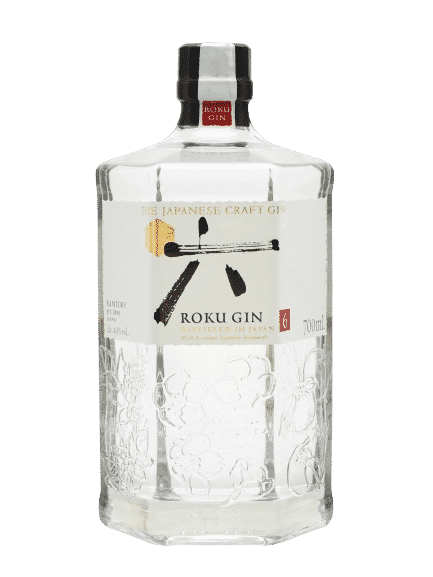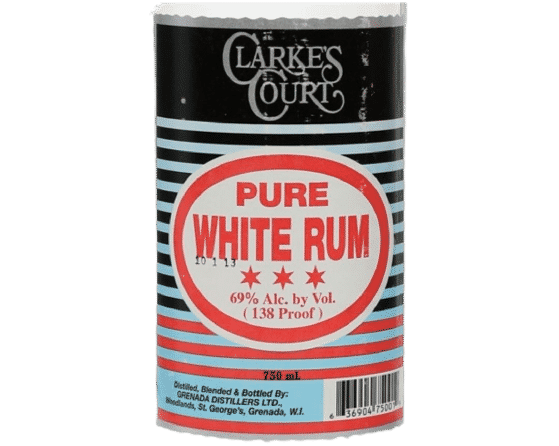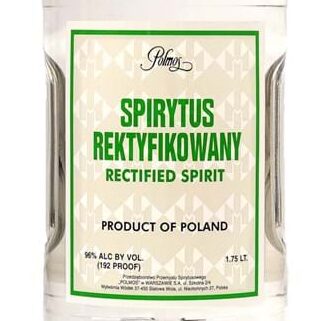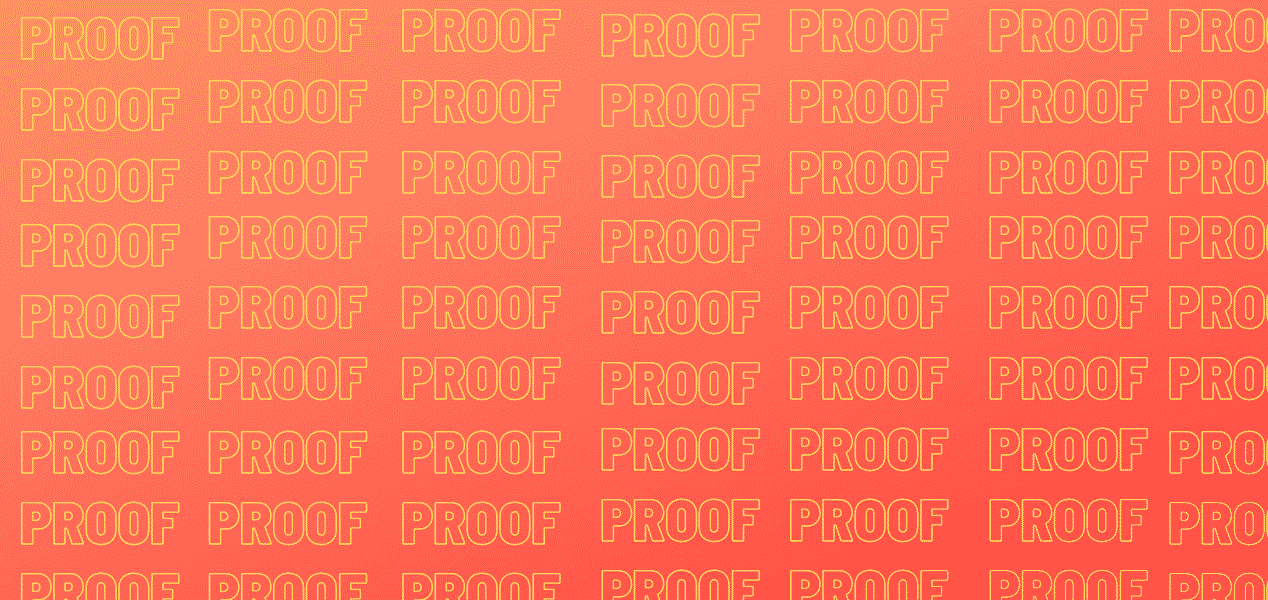What is proof for alcohol? If you’ve found yourself confused about the label on liquor bottles, you’re not alone.
Why do they put the ‘Proof’ on there, when the alcohol content is already indicated? How does the system work?
Is it necessary to include both values? Why do certain bottles have proof while others don’t?
If you want answers to any of these questions, look no further.
This article dives into the history of proof for alcohol. We answer the above questions and take a look at the proof of popular liquors.
What is Proof for Alcoholic Drinks?

Alcohol proof is a United States-only alcohol labeling system. It’s measured as double the ABV (Alcohol By Volume) listed on the bottle.
I’m sure you might have wondered why only liquor has proof. Beer and wine are not distilled spirits. Their ABV is not high enough for proof to be a factor.
And yes, there are lighter liquors. But if it’s a distilled spirit then proof applies.
The rest of the world has discontinued this practice. It no longer forms part of the Alcohol and Tobacco Tax and Trade Bureau regulations. It isn’t necessary to state it, but they do allow it.
How Does the System Work?
So, what is proof for alcohol? Well, it all began in England.
In the 16th Century, they determined the alcohol content in spirits in an unusual way. Well, unusual to us anyway.
They determined alcohol content by soaking a gun pellet in the spirit. If it ignited when lit, then that was the ‘Proof’ of the alcohol content.
This was generally used for tax purposes. The higher the proof, the more the government taxed it.
They later switched to a more modern and scientific method. They determined the proof/ABV ratio to be 4:7. They would then multiply the ABV by ⁷/₄ and that would give them the proof.
By 1848 they switched to the International Organisation of Legal Metrology (OIML). This is the scale used by the European Union and is still in effect today. The scale uses a simple 1:1 ratio. Meaning, the proof is equal to ABV.
Strangely enough, it was in 1848 when the United States began using a proof system of their own. According to their scaling system, proof for alcohol is double the ABV.
They still use this system today. While much simpler than the old British scale, it is an outdated practice. It serves no purpose in modern times, other than to confuse the consumer.
They pretty much add it out of tradition more than anything else.
What is the proof for popular alcoholic beverages?

The most commonly bought distilled spirits are usually 80 proof (40% ABV). It doesn’t matter if it’s whiskey, vodka, brandy, gin, or even tequila. Most of the public’s favorite liquors are at this alcohol level.
There are exceptions, of course. But the general desire is for alcohol to be between 80 to 100 proof (35% to 50% ABV).
For this section, we will be using the United States scaling system.
Popular Spirits

- Roku Japanese Gin – 86 proof
- Crystal Head Vodka – 80 proof
- Jack Daniels – 80 proof
- Jameson – 80 proof
- Jim Beam White Label – 80 proof
- Hennessy – 80 proof
- Glenlivet 12yo Scotch – 80 proof
- Teremana Tequila – 80 proof
Of course, 80 proof is not your only option. There are much stronger spirits available on the market. Most of these higher proofs are dangerous to drink neat though.
It’s advised to dilute them in some way. Add some juice, make a cocktail or even use it for a liqueur. Remember that everything is better in moderation.
Top 15 Strongest Spirits in The World

- Clarke’s Court Pure White Rum – 138 proof (69% ABV)
- Rivers Royale Grenadian Rum – 138 proof (69% ABV)
- King of Spirits Absinthe – 140 proof (70% ABV)
- Bacardi 151 – 151 proof (75.5% ABV)
- Denros Strong Rum – 160 proof (80% ABV)
- Stroh Rum – 160 proof (80% ABV)
- Devil’s Springs Vodka 160 (80% ABV)
- Sunset Very Strong Rum – 169 proof (84.5% ABV)
- Balkan Vodka – 176 proof (88% proof)
- Pincer Shanghai Strength – 177 proof (88.5% ABV)
- Absinthe Hapsburg Hardcore – 179 proof (89.5% ABV)
- Bruichladdich X4 Quadrupled Whiskey – 184 proof (92% ABV)
- Golden Grain – 190 proof (95% ABV)
- Everclear Vodka – 190 proof (95% ABV)
- Spirytus Vodka – 192 proof (96% ABV)

There are also much lighter liquors on the market. These are perfect as shots or to sip at leisure. They are excellent party and social drinks.
Best Light Liquors
- 18.8 (a line of vodka and gin) – 37.6 proof (18.8% ABV)
- Malibu Rum – 42 proof (21% ABV)
- Fireball Cinnamon Whiskey – 66 proof (33% ABV)
- Van Gogh Vodka – 70 proof (35% ABV)

Then there is Portobello Road Temperance Spirit. This a gin with the alcohol quality of a light beer. It only has an 8.4 proof (4.2% ABV). They had created it for gin lovers who want the taste without the buzz. This seems to only be available in the UK.
Whatever your preference, please remember to drink responsibly. Heed the warnings on the labels.
Those warnings are for your health and safety. This especially applies to those with a stronger proof/ABV.
Now you now know all about the proof for alcohol. Its gun pellet origin is sure to be a great conversation starter.
Proof FAQs
What proof is Fireball Cinnamon Whiskey?
Fireball Whiskey is 66 proof. It’s a light liquor that has about 20% less alcohol than your average whiskey.
What proof is Everclear Vodka?
Everclear Vodka is 190 proof and makes the list of one of the strongest liquors in the world. Commonly referred to as ‘jet fuel’ it’s almost twice as strong as standard vodkas and has been banned in certain States.
What proof is Vodka?
Vodka is typically around 80 proof. However, Spirytus is as high as 192 proof, and KEEL Vodka is as little as 40 proof. Arkay Beverages has also created an alcohol-free vodka.
What proof is Jack Daniels?
Jack Daniels ranges from 107 to 140 proof.
– The Jack Daniel’s flagship whiskey is 80 proof.
– Jack Daniel’s Single Barrel Tennessee Whiskey is 100 Proof.

